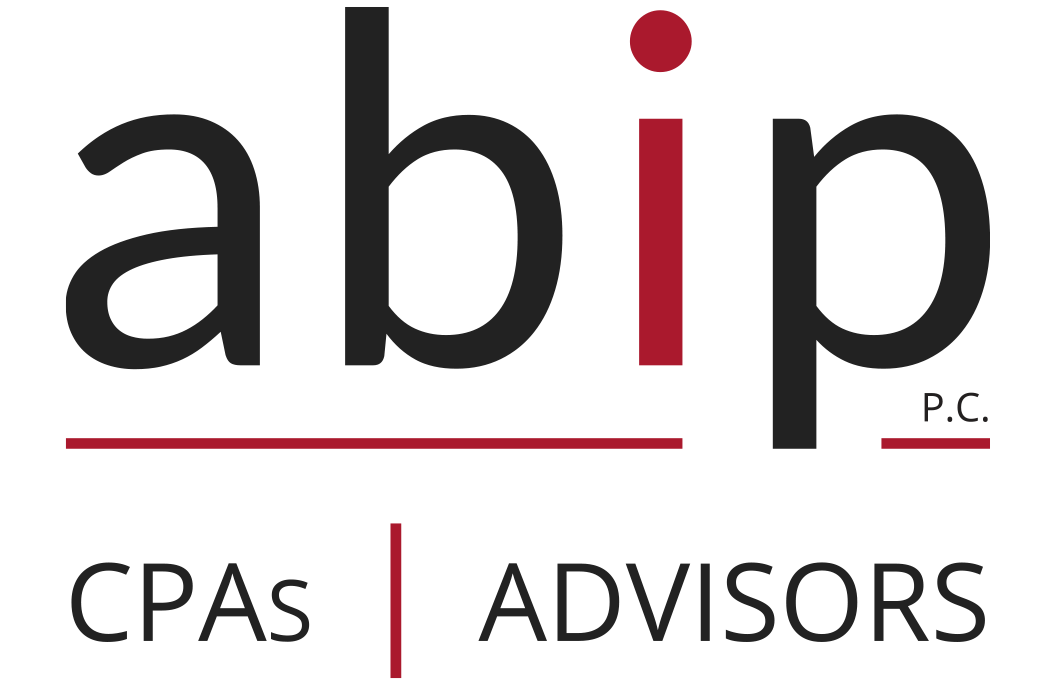What is the 179D Deduction?
IRC Section 179D deduction incentivizes the design and construction of energy-efficient commercial buildings. This means that if you are responsible for the design of the technical specifications for a project that incorporates energy-saving measures in a building owned by a government entity or a tax-exempt entity, you may be eligible to claim this tax deduction.
What’s new?
In prior years, the maximum deduction was capped at $1.88 per square foot of the building, and this applied to the lifetime of the building. The Inflation Reduction Act of 2022 significantly expanded the program for buildings placed in service after January 1, 2023:
- Increased deduction amount: The maximum deduction, when certain requirements have been met, has been raised to up to $5.00 per square foot, offering a significant boost to your tax savings.
- More buildings qualify: Now, designers can claim the deduction for projects on buildings owned by a wider range of tax-exempt entities.
- Repeated deductions: You can now claim the deduction every four years for the same building, encouraging ongoing energy-efficiency upgrades.
What does this mean for you?
This enhanced program presents several advantages for engineers and architects:
- Increased profitability: The higher deduction translates to greater tax savings, potentially making your services more competitive and attractive to government clients.
- Recognition for your work: The program acknowledges the value you bring to sustainability efforts, showcasing your commitment to energy-efficient design.
- Opportunity for innovation: The potential for increased tax deductions can encourage you to explore and implement even more innovative energy-saving solutions, pushing the boundaries of green building design.
Important things to remember:
- To qualify for the deduction, the building must exceed specific energy-efficiency standards set by the American Society of Heating, Refrigerating and Air-Conditioning Engineers (ASHRAE).
- You’ll need to document and certify your project’s compliance with these standards to claim the deduction.
- Consulting with the abip tax strategic advisory team is crucial to ensure you understand the eligibility requirements and maximize your tax benefits.
By embracing the increased 179D deduction, you can make a significant contribution to environmental sustainability while positioning yourself as a leader in energy-efficient design for government buildings. As you embark on your next project, don’t miss out on this opportunity to benefit both the environment and your business.






